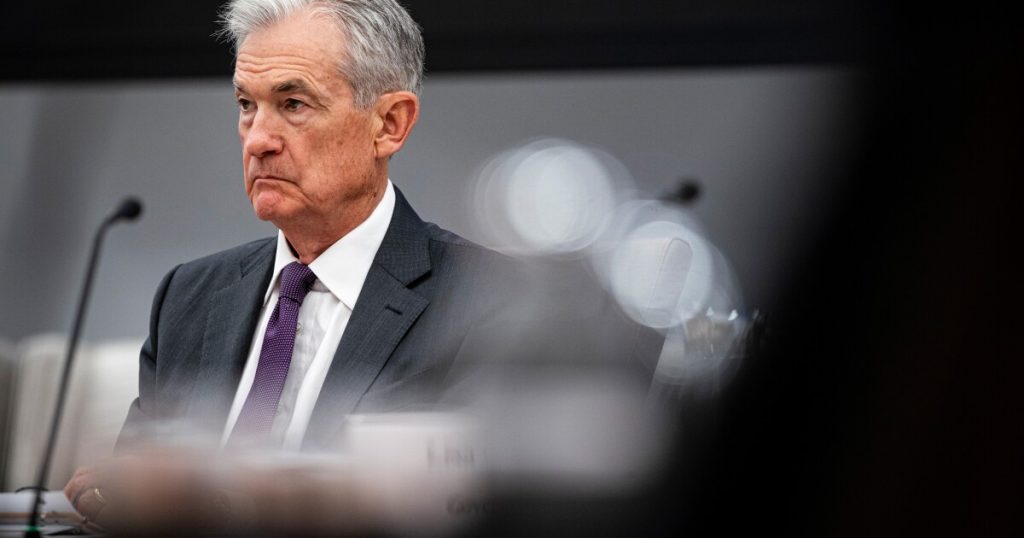Bloomberg News
Some Federal Reserve officials are starting to beat the drum for an interest rate cut, but not Chair Jerome Powell.
During an onstage panel event in Portugal,
“I really can’t say. It’s going to depend on the data and we are going meeting by meeting,” Powell said during the European Central Bank’s Forum on Central Banking. “I wouldn’t take any meeting off the table or put it directly on the table. It’s going to depend on how the data evolve.”
Powell’s remarks come after two other members of the FOMC — Fed Vice Chair for Supervision
President Trump — who has made a habit of criticizing the Fed in general and chair Powell specifically for the central bank’s interest rate path — also has ramped up his critiques of Powell in recent days, sending a
Powell noted that a “solid majority” of the FOMC believe it will be appropriate to ease monetary policy at some point during the four remaining meetings in 2025. According to the group’s
During the event — which also featured European Central Bank President Christine Lagarde, Bank of England Gov. Andrew Bailey, Bank of Japan Gov. Kazou Ueda and Bank of Korea Gov. Rhee Chang-yong — Powell acknowledged that the Fed likely would have reduced interest rates this year already had it not been for the ultra-high tariff policies rolled out by President Donald Trump in April.
“We went on hold when we saw the size of the tariffs and when essentially all inflation forecasts for the United States went up materially as a consequence of the tariffs,” he said. “So we didn’t overreact. In fact, we didn’t react at all. We’re simply taking some time, as long as the U.S. economy is in solid shape, we think the prudent thing to do is to wait and learn more and see what those effects might be.”
For now, Powell said the Fed’s current target range of between 4.25% and 4.5% for the federal funds rate is “modestly restrictive” but not enough to prevent the economy from growing or to diminish the labor market.
Policy scenarios
Along with current economic conditions, Powell also discussed the Fed’s ongoing review of its monetary policy framework and
Powell said the committee generally discusses six or seven economic scenarios at each meeting. He said that practice is “very useful” in his own policy considerations and has “a lot of appeal” in terms of enhancing public communications.
Yet, even if the Fed determines that it would like to share more forecasts with the public, it would do so carefully.
“If we’re going to do something in that area, it’s going to be putting a toe in the water and not just throwing ourselves in, you know, over Niagara Falls on it,” he said. “So I can imagine the situation where we would try that in a particular circumstance, but for us, we’re just going to do the work and understand it, as many other central banks are doing.”
‘100%’ focused on the task at hand
During the panel, Powell was asked how he is dealing with the
“The things that matter are using our tools to achieve the goals that Congress has given us” maximum employment, price stability, financial stability,” he said. “That’s what we focus on 100%.”
The response drew applause from the audience and an endorsement from Lagarde, who said that she and the other central bankers on the stage would all respond in the same way, should they face political pressure to change rates prematurely.
Powell added that it is his goal to hand over the reins to the next Fed chair after his term expires next May with a strong U.S. economy firmly in place.
“I want to hand over to my successor an economy in good shape, and so do all of my colleagues. That’s all we ever want,” he said. “That’s what keeps you awake at night. Are we on a path to do that? And how do we get that done?”
Asked if he
“I have nothing for you on that today,” he said.

